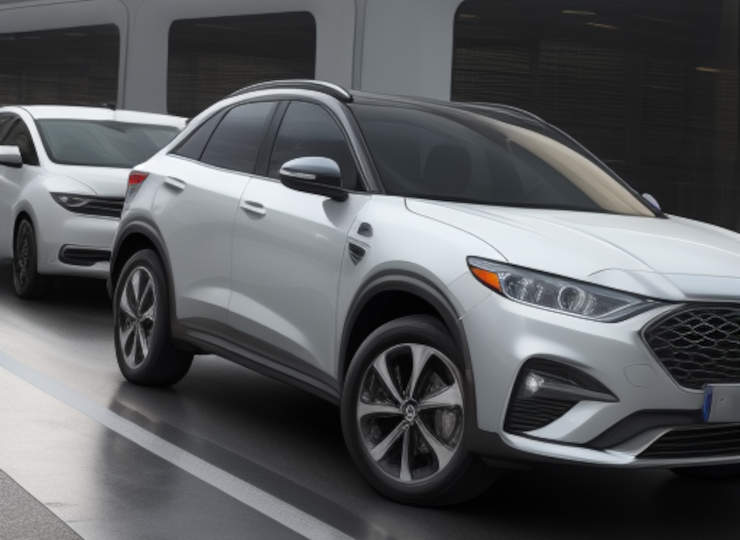文字のサイズ
- 小
- 中
- 大
BEV/PHEV passenger car market to grow by 30% to over 12 million units in 2023
Provisional figures for the global BEV/PHEV passenger car market (including SUVs, etc.) for 2023 are now available.

The preliminary figures for BEV/PHEV passenger car sales in 36 major countries (the US/Canada/31 European countries/Japan/China/Korea) show that sales in 2023 will increase by 32.9% year-on-year to 12.14 million units, maintaining the trend of expansion. The ratio of BEVs/PHEVs to passenger car sales (including internal combustion engine vehicles) increased by 3.6 percentage points to 21.1%, exceeding 20% for the first time.
Although these figures alone give the impression that the BEV/PHEV market is expanding steadily, there is a clear difference in growth rates by country/region. While the ratio of BEV/PHEV sales to passenger cars in China, which accounts for just under 60% of the global total, grew steadily by 7.7 percentage points to 33.2%, the global market excluding China grew by 25.6% to 4.87 million units, with the ratio to passenger cars remaining at 13.7%, up 1.4 percentage points.
The growth of the BEV/PHEV market has been underpinned by 1) government policies and regulations and 2) early adopters, with the US presidential election coming up in November 2024, when former President Trump, who is negative towards tighter environmental regulations, is expected to run. In Western Europe, too, there is increasing discussion about what medium- and long-term policies should be pursued as the removal or reduction of subsidies gains momentum, and with the growth rate of the BEV/PHEV market slowing, attention is likely to focus on what scenarios the future of electric vehicle strategies will portray.
In addition to trends related to electric vehicles, which can be described as a next-generation industry, this report analyses the business trends/strategies of the automobile and parts industries and manufacturers, particularly in Europe and the US, with regard to internal combustion engine vehicles, which form the core of the conventional automobile industry.






